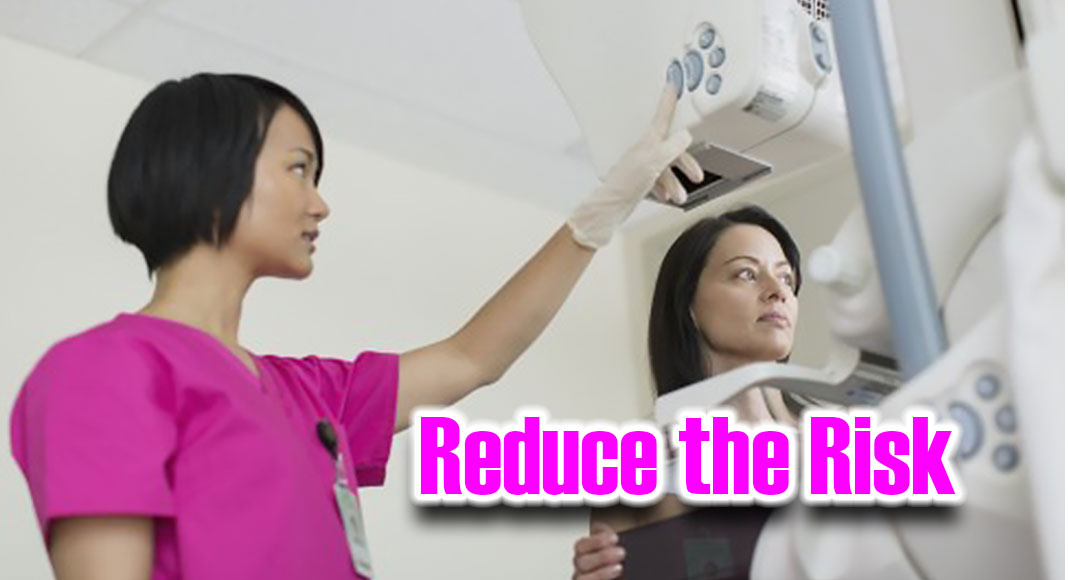
Mega Doctor News
Newswise — Los Angeles – The simple answer to that question is “no” if a woman is at average risk for breast cancer, according to a 2009 U.S. Preventive Services Task Force recommendation. The task force advised that clinicians should not be required to teach women how to perform breast self-exams, echoing 2003 guidance from the American Cancer Society. The task force, an independent, volunteer panel of national experts in disease prevention, left its recommendation unchanged in an updated, 2016 breast cancer screening review.
The groups’ recommendations followed published findings from large studies conducted in 2003 that showed no benefit to self-exams, while also noting potential harm from unnecessary biopsies and a false sense of security when women do not detect small lumps and therefore forgo screening mammograms.
Breast cancer is the most common cancer in American women, except for skin cancers. The American Cancer Society estimates that about 281,500 new cases of invasive breast cancer will be diagnosed this year. The average lifetime risk of a woman in the U.S. developing breast cancer is about 13%, or a 1 in 8 chance.
Cedars-Sinai Cancer breast-health practitioners, noting the ongoing debate about self-exams, take a nuanced approach to them, understanding that some women still prefer to engage in the practice.
“Beginning at age 40, women with an average risk for breast cancer should rely on annual mammograms, plus clinical breast exams by a primary healthcare provider, gynecologist or breast specialist,” said Mary El-Masry, MD, a breast medical oncologist at Cedars-Sinai Tower Hematology Oncology. “Still, it’s good for women, beginning at age 18, to become familiar with how their breasts look and get attuned to any changes.”
Those changes may include one breast appearing larger than the other, nipple discharge, a rash, swelling, and dimpling or puckering of the skin, said Sylvia S. Estrada, RN, a nurse practitioner at the Cedars-Sinai Saul and Joyce Brandman Breast Center—A Project of Women’s Guild at the Samuel Oschin Comprehensive Cancer Institute. She also recommends checking for bulging skin, which may denote a mass.
“Look in the mirror periodically and recognize what is normal and what is not,” Estrada said. “Promptly report changes to your healthcare provider.” She added that early detection makes breast cancer easier to successfully treat.
Women who are at higher risk for breast cancer should give their breasts a visual check monthly and undergo annual breast imaging studies, beginning at age 30 or sometimes younger, Estrada said. Higher-risk factors include a strong family history of the disease, a previous biopsy with benign results or genetic mutations such as BRCA 1 and BRCA 2.
In addition, women at higher risk may choose to undergo clinical breast exams at the midway point between yearly mammogram, ultrasound or MRI screenings, which are based on the woman’s cancer risk, El-Masry said.
Additional risks include hormone replacement therapy, being overweight or obese, a sedentary lifestyle and consuming more than the recommended amount of alcohol—one drink per day.
“Be aware of your lifestyle choices, and if they’re unhealthy, it’s important to be screened for breast cancer at least yearly,” Estrada suggested. She also recommended checking in with a nutritionist; signing up for exercise classes; and consulting with a genetic counselor, who can help determine breast cancer risk.
Shift Away from Self-Exams
Questions about breast self-exams have churned in medical circles for years. The move away from the practice was based on two population-based studies of nearly 400,000 women in Russia and China that found no evidence that self-exams reduce breast cancer deaths. The findings, published in 2003 and updated in 2008 in The Cochrane Library, reported that self-examination had no meaningful impact on survival rates and may even be harmful because they often prompt unnecessary biopsies. Study participants who used breast self-exams had 3,406 biopsies, compared with 1,856 biopsies in the no-exam group. No significant differences in breast cancer deaths were found in the two groups.
Women who nevertheless still prefer to perform self-exams should learn the technique from a professional, Estrada said. She keeps a synthetic breast model in her jacket pocket and gives hands-on lessons to patients who ask for help. “No matter what you choose about self-exams, see your healthcare provider and get all of your cancer and health screenings around your birthday every year,” Estrada said. “It’s the best gift you can give yourself.”











